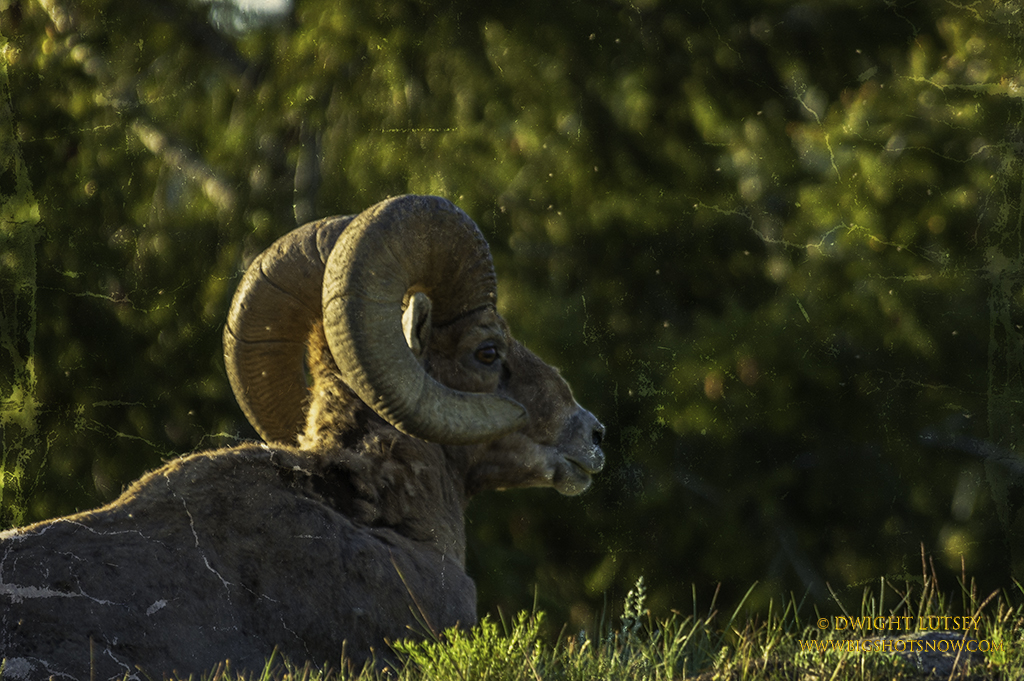
Note to Readers: Some of you are no doubt aware of the closing and disappearance of *The Institute and its Director some time ago. It was a great loss to the scientific world and others who came to depend on it for its constant focus on the mysteries and unbelievable occurrences that take place daily in the unique world of science and beyond. Also some of you may know that The Director and I were very close and consequently when the time came for the storing and protection of the thousands of records, papers, dissertations, reports, receipts, photographs, line drawings, notes, candid recorded conversations, DVD’s, CD’s, books, magazines, letters, everything that an Institute would produce in the every day workings of a huge but giant scientific endeavor he turned to me and said “Can I dump this crap on you for awhile? At least until I can find some suckers investors to get this Institute thing back on its feet?” Of course I couldn’t say no to my friend of so many years and accordingly two and a half large U-Haul’s arrived stuffed to the gills with countless black trash bags containing the entire recorded history of The Institute. In the attempted cataloging of all of this material I came across what appears to be an un-submitted report titled The Aquatic Life of The Rocky Mountain Bighorn Sheep. It is in a very rough draft form and I have elected to publish it exactly as it was found, warts and all. No redactions, no alterations, no dressing it up. After all, life and science aren’t always tidy or even pretty. A lot of stuff is glossed over and hidden by the various organizations that prepare these types of publications as the paper goes into preparation for submission to the various scientific journals that publish this kind of work. And The Institute was not an exception. The large unwashed and uninformed layman or laypeople (and even some of the small slim ones) that read it because it’s free, who don’t have a scientific background and usually couldn’t care less about this stuff yet do read it have to be pandered to. So with that thought in mind here follows what is the initial draft of the report in its entirety.
Title proposals for the Bighorn sheep report:
“The Aquatic Life of The Rocky Mountain Bighorn Sheep”
” Wet Sheep and Those That Love Them”
“Damp Hooves and the Sheep that Own Them”
“Heavy Boney Horns and How They Help In Keeping Bighorn Sheep Submerged”
“The Untold Story of Bighorn Sheep and Their Aquatic Adventures”
“Why Bighorn sheep will Willingly Spend Much of The Winter At the Bottom of Large Bodies of Water and How This affects Their Ability to Behave Normally in the Spring When They emerge and Why they Walk Funny for Days After”
“Damp Secrets” (Use this one. It’s a grabber. Sounds vaguely dirty. HBO fans will click on this one)
Premise: Bighorn Sheep are suspected of entering and remaining at the bottom of deep pockets of water in lakes and rivers in Yellowstone National Park to hibernate over the Winter when food supplies are minimal. Much like bears but wetter. Although this behavior has never been reported by Naturalists or Biologists or anyone else who knows what they’re talking about, that doesn’t mean that this can’t happen. It just means they’re probably doing a shoddy job. Grab this premise and run with it. The Enquirer and the Star have both raised their payment structure for this type of material. See if you can’t work “aliens” into the premise somehow. Also see if our contacts in Washington with the Department of Interior want to get in on this before their funding is completely cancelled due to the prevailing thought that Nature and wildlife and even the Interior are no longer necessary. Might as well grab what we can out of this debacle while there is still some money left.
Documents proving the theory: A crumpled up photo of a Bighorn sheep marked “Destroy not relevant unless you’re fabricating story”, that shows a Bighorn lying in an awkward position on a bank above the Lamar river. Still damp. (The sheep not the photo) Midges surrounding it after a hatch. ( could this midge behavior be one of the triggers that cause the Bighorns to awake and leave the depths of the water where we believe they hibernate over the winter. If this can’t be documented use it anyway as it’s a good tie-in that we can pitch to The Nature Channel, they’ll use anything if you can put an English accent voice-over on it.) Animal appeared to be lethargic and unresponsive to questions hollered at it. Noticed small trickle of what appears to be water dripping from nasal passages. Could this be the undocumented and completely unfounded Nasal Transference Reacclimation or “NTR” where the water in the lungs is slowly replaced with oxygen so the sheep can return to their terran lifestyle?
The Bighorn rams appear to be extremely vulnerable at this state of their emergence due to their horns having been softened by their prolong submergence in the deep mineral rich waters found in the park. The composition of the horn is normally very dense and is made of a concrete-like material called “concreto” or sometimes “Acme Horn Hardener” that the sheep obtain by licking the surface of highways and parked concrete trucks. Those rams living nearest to construction sites will normally have the largest and hardest horns. But as this is uncured concrete which is not completely non-soluble, they are vulnerable to the leeching and decompositing of the horn material and the longer the submergence the more the horn becomes soft, and at extreme time intervals the horn will be completely absorbed by the watery surroundings. This is bad. If this happens the ram cannot be distinguished from the ewes and enters a transgendered state known as Hornlessness and can be made fun of by the other rams and even some of the less compassionate ewes. We don’t know what this does to the Ram’s psyche yet but a full investigation seems warranted. Note: check into suicide rates for hornless rams.
Some additional questions to be answered and documented, or at least made plausible sounding so we can put this out there and still be able to stand unashamed under any close scrutiny.
Question #1: What about ewes an lambs. Are they any better to eat after being submerged?
Question #2: How do the smaller animal stay anchored in some of the swifter flowing streams they enter? We surmise that the sticky almost tar-like coating on the bottom of their hooves becomes even stickier and adheres to the larger rocks and boulders at the bottom of the waterways. Also we believe they turn facing upstream and hunch down into a wedge-like shape that makes them streamlined. The force of the water rushing over their bodies helps push them down onto the surface of the stream bottom much the way scoops and spoilers keep a race car on the track, holding them in place. Plus they deflatulent themselves as they enter the water making them less buoyant. If you have noticed any bubbles or minor disturbances on the water’s surface this may be a clue to hibernating Bighorn sheep. This is a confirmed fact as I, and I know countless others have seen Bighorn sheep flatulently entering into bodies of water. We just didn’t understand what all the noise and hopping about and giggling was for.
Question #3: Can we get someone less intelligent to dive into these warm to boiling waters in Yellowstone, someone with a higher than normal pain tolerance, to photograph a small group of Bighorns or even a fairly large herd at rest beneath the surface to add more credence to this story? Maybe some shots with native Cutthroats acting as remora type attachments to the sheep’s back. Or possibly them feeding on the seaweed that grows on the bottom of the rivers or lakes?
Initial Summary for Submission:
We have found a unique new unknown behavioral pattern for the Rocky Mountain Bighorn sheep. After observation by our highly trained research professionals, each one a specialist specializing in a different discipline of animal behavioral patterns that are not your normal animal activity, and in fact tend to be grouped into Goofy, Unsubstantiated, Outright BullPucky, and the Difficult to Swallow but not Fake News categories, we have come to the conclusion that Rocky Mountain Bighorn sheep do something really weird. If it weren’t for finding a beat up wrinkled old photograph (see above) of a Bighorn sheep damply resting by the edge of the Lamar river we wouldn’t feel confident in making these surprising statements.
Rocky mountain Bighorn sheep hibernate through the Winter below the surface of various lakes and rivers in The Yellowstone area. Now, we’ve said it. There it is. Surprising? Yes. Impossible? Ah, maybe, but then again we got some good evidence here. And remember if we say it often enough you’re going to start believing it. That’s just a short jump from getting back in the funding business. And The Institute could be off and running again.
Hard as that may seem to believe the evidence is growing in support of this premise.
- We have the somewhat damaged image of a damp Bighorn sheep resting on the river where he had just emerged from hibernation.
- We have water emitting from the Bighorn’s nose as it undergoes Nasal Transference Reacclimation or “NTR” where it trades the water that had been filling its lungs all Winter long with life giving oxygen so it can resume living on the land.
- We have a Bighorn ram anxiously looking around for enemies and threats as its horns reharden in the afternoon sun.
- We have documented sightings of bubbles and other small disturbances to the water’s surface indicating there are hibernating sheep below.
- Plus a myriad of other inconclusive but sort of facts that we created to substantiate this theory.
So in general we feel pretty good about putting this out there. End of first draft. Get this proofread and ready for submission ASAP. Signed The Director.
This is the first of many scientific reports we know that are mixed in with all the other storage stuff from The Institute. As we sort through and find more unique studies we will be bringing them to your attention.
* Note: For those of you unfamiliar with The Institute and what it does, please see the page labeled The Institute on the Menu Bar above. That should explain everything. You shouldn’t have one single question remaining regarding The Institute after reading it. None. For those of you favored few who already know about the Institute, Nevermind. Return to your daily activities. Thank you for your support.
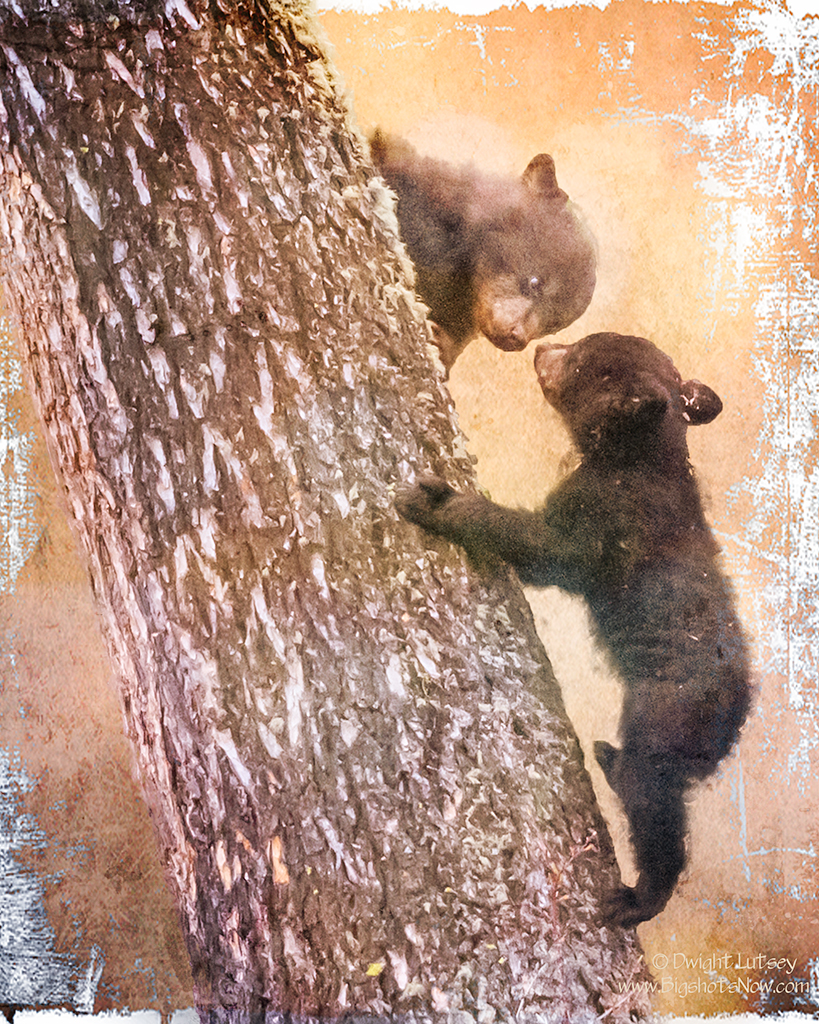

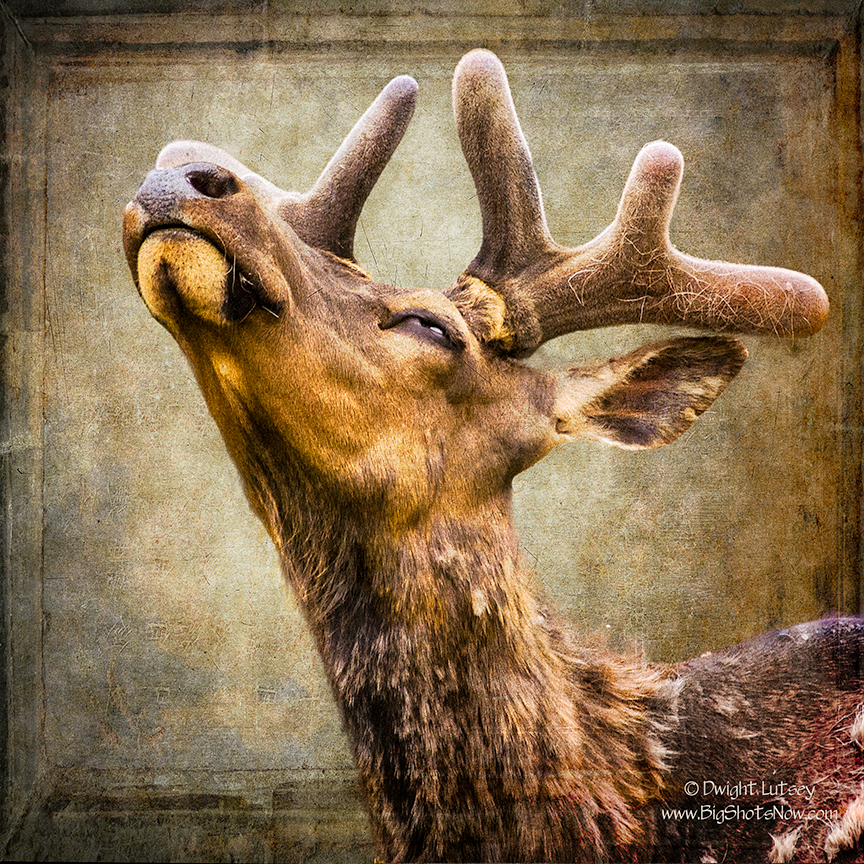
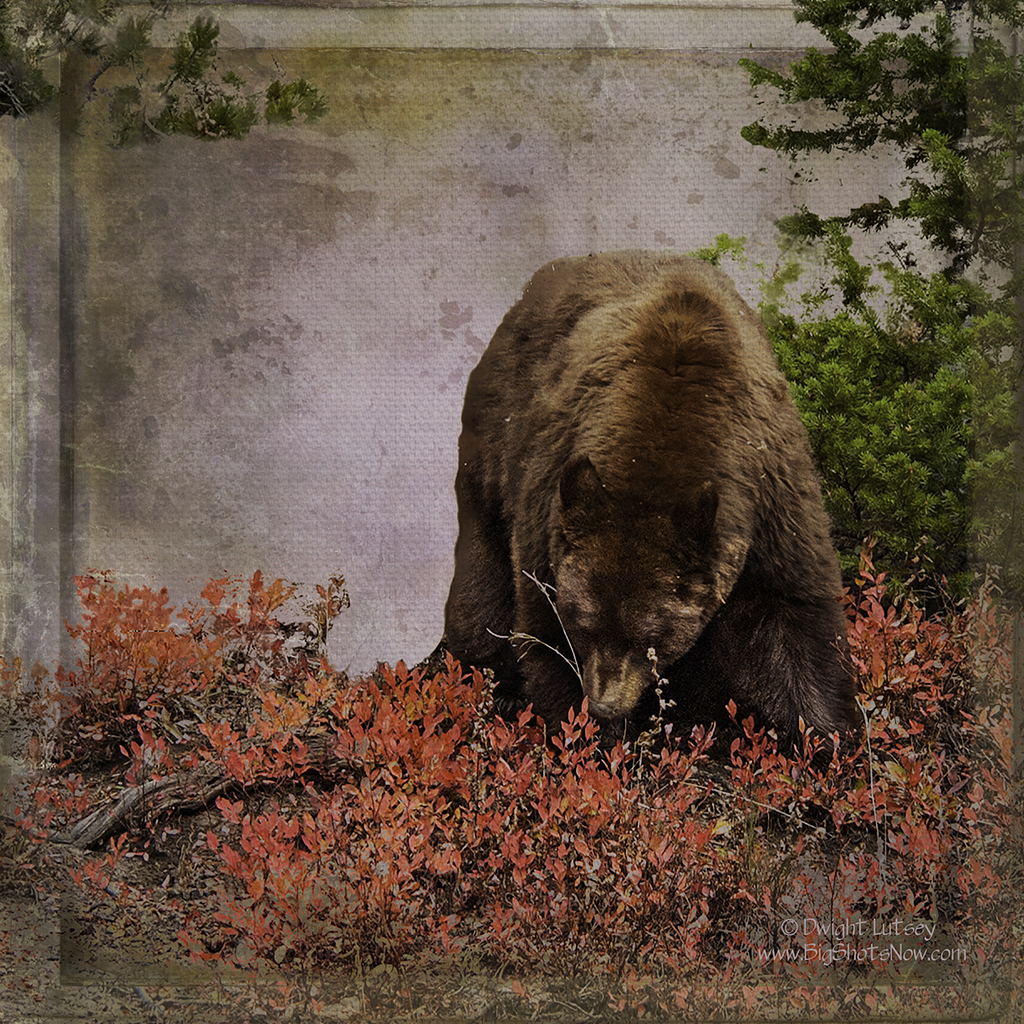

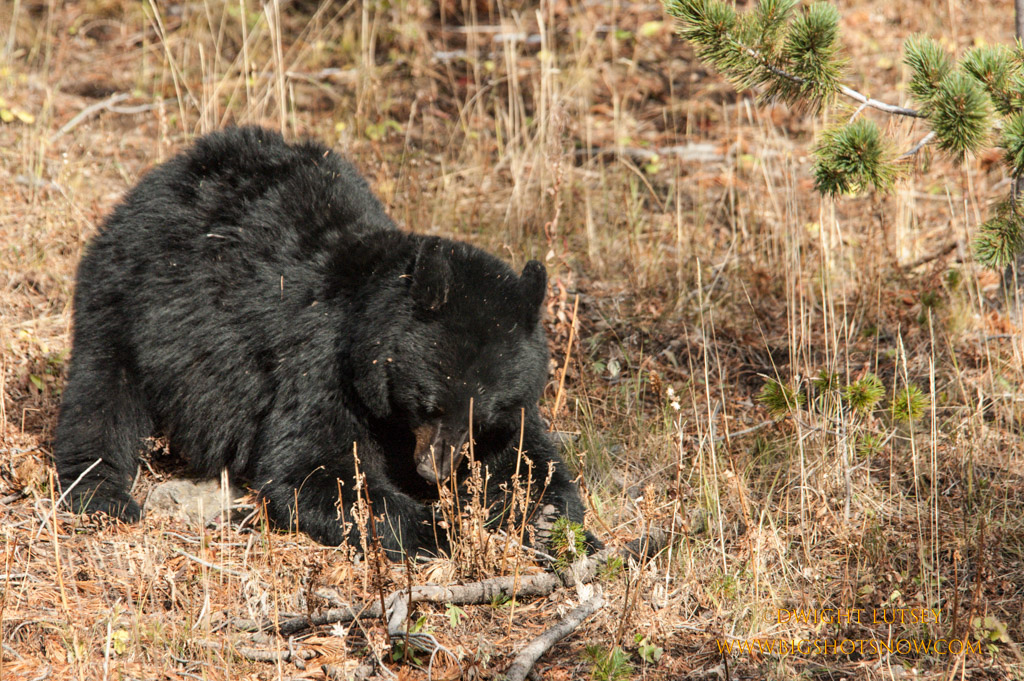
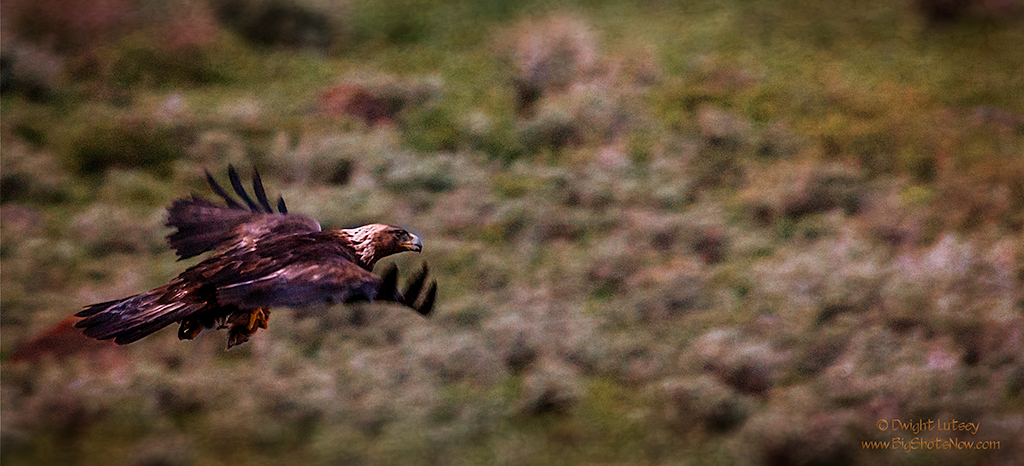
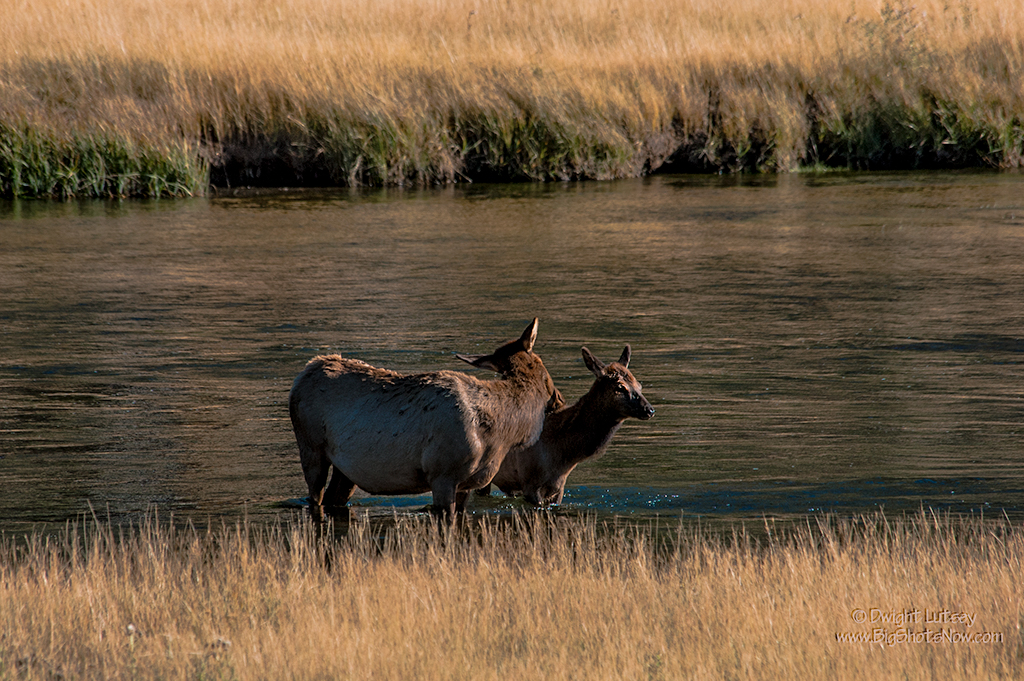
You must be logged in to post a comment.